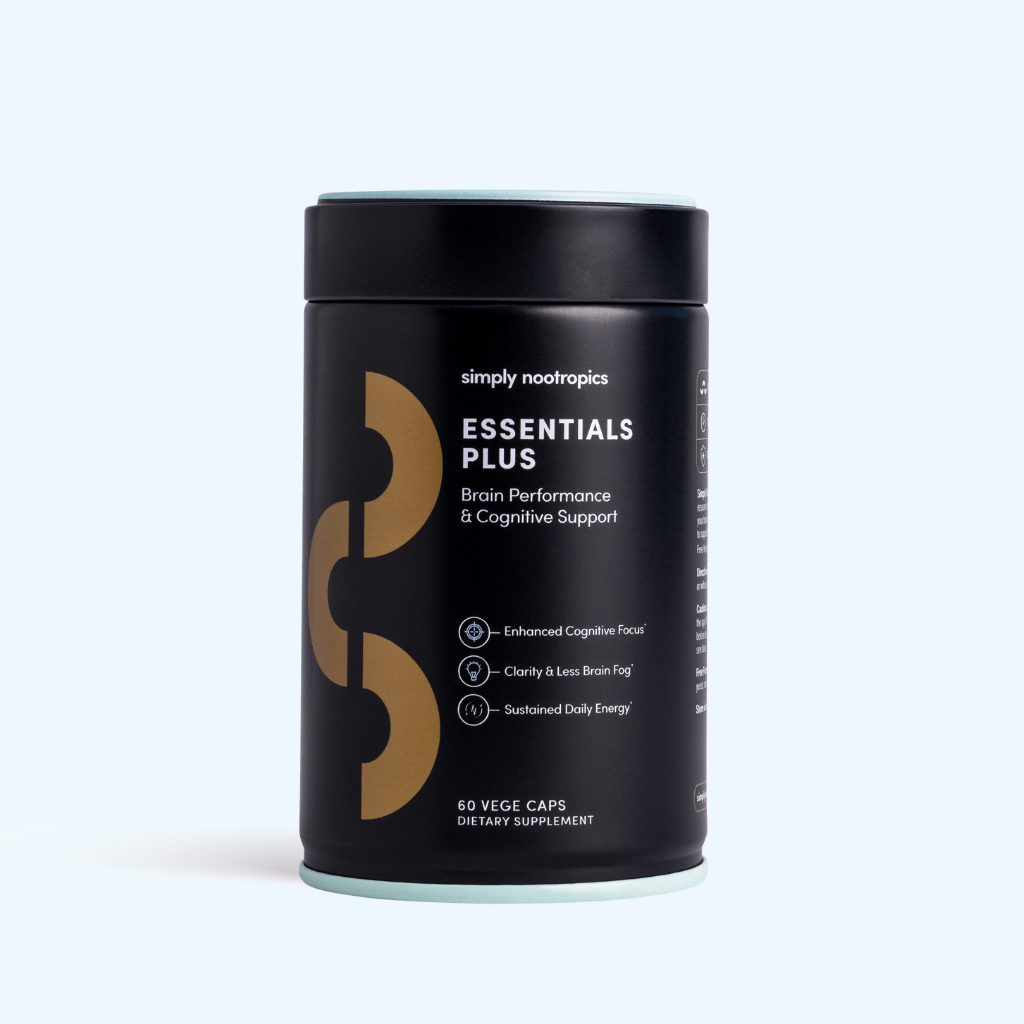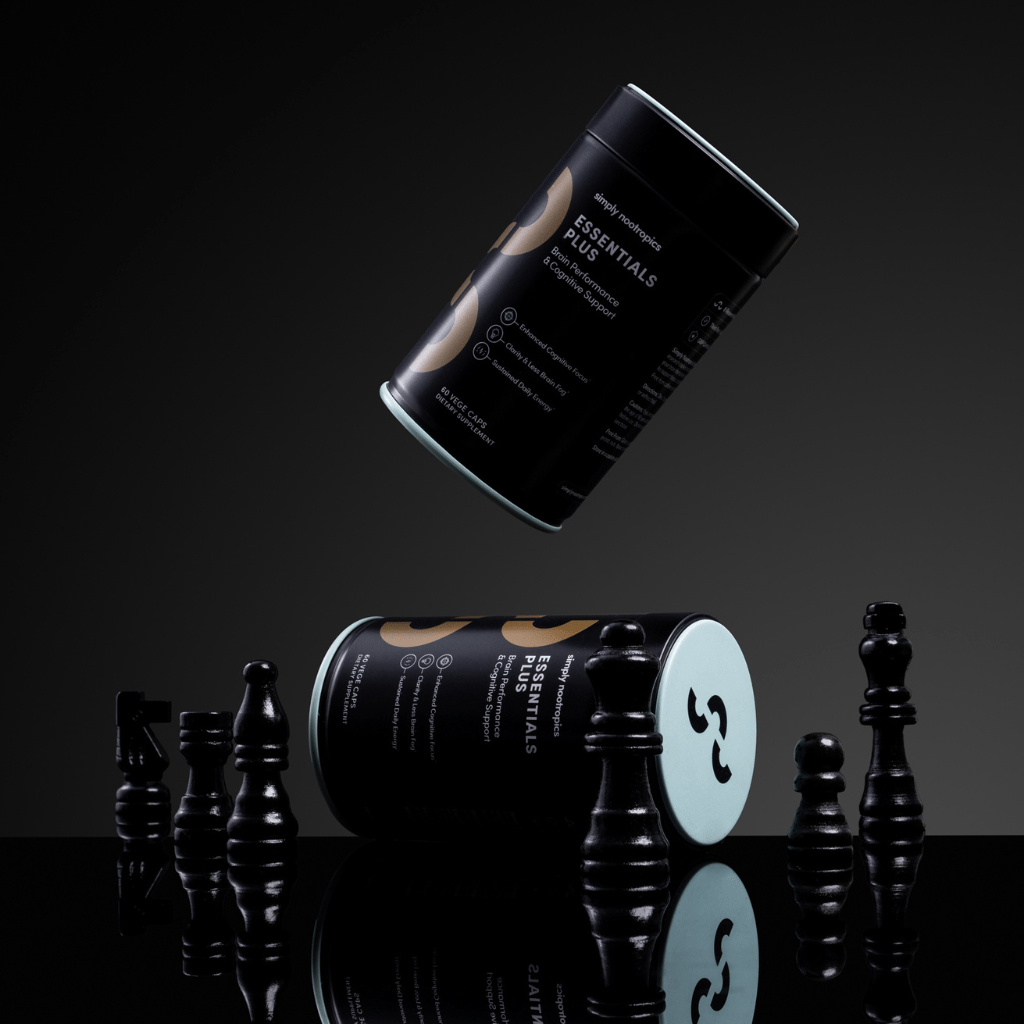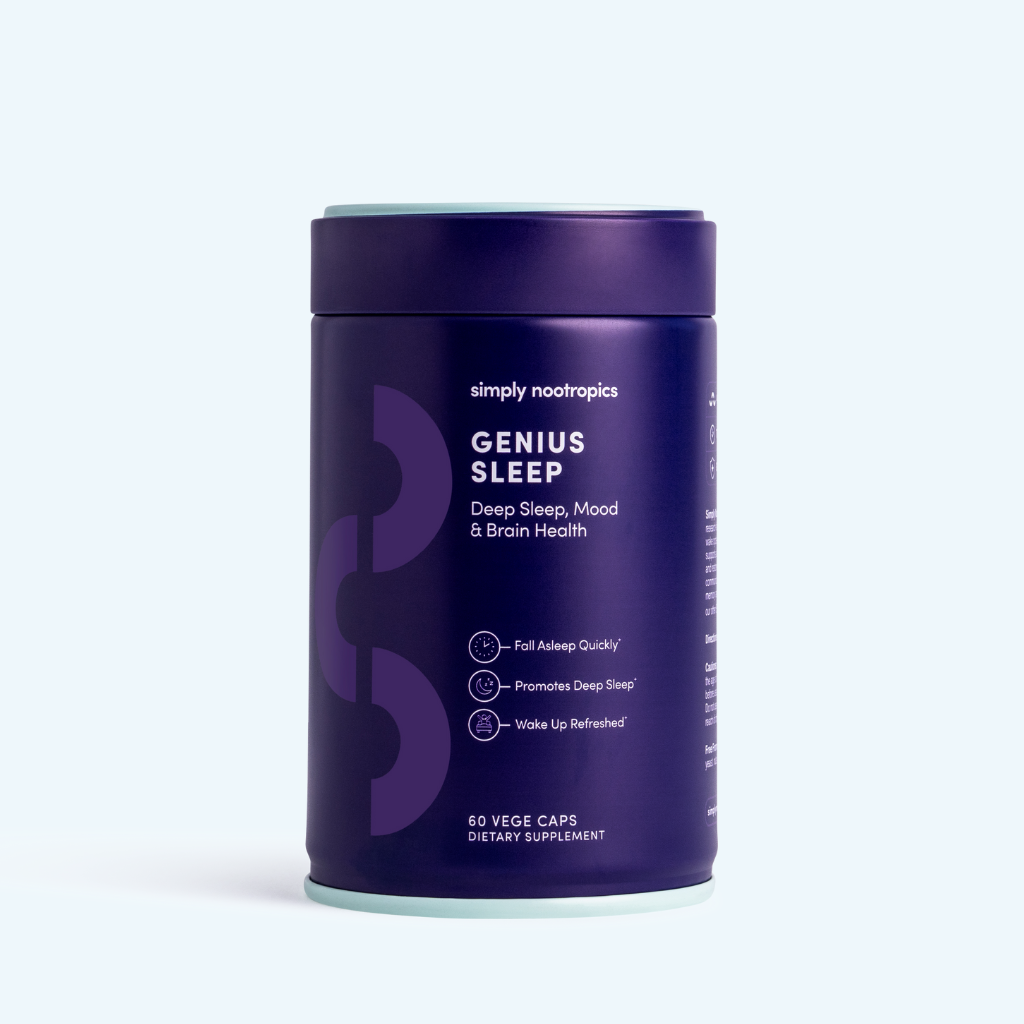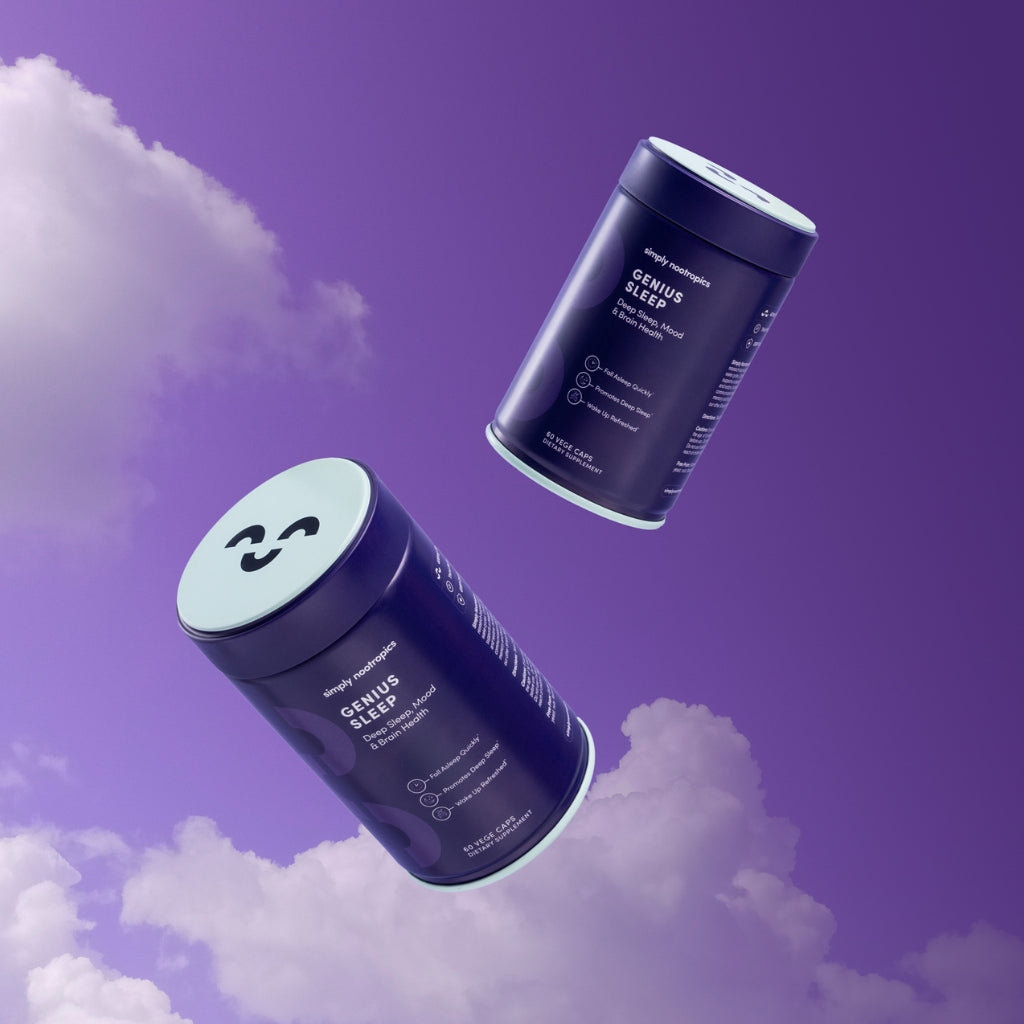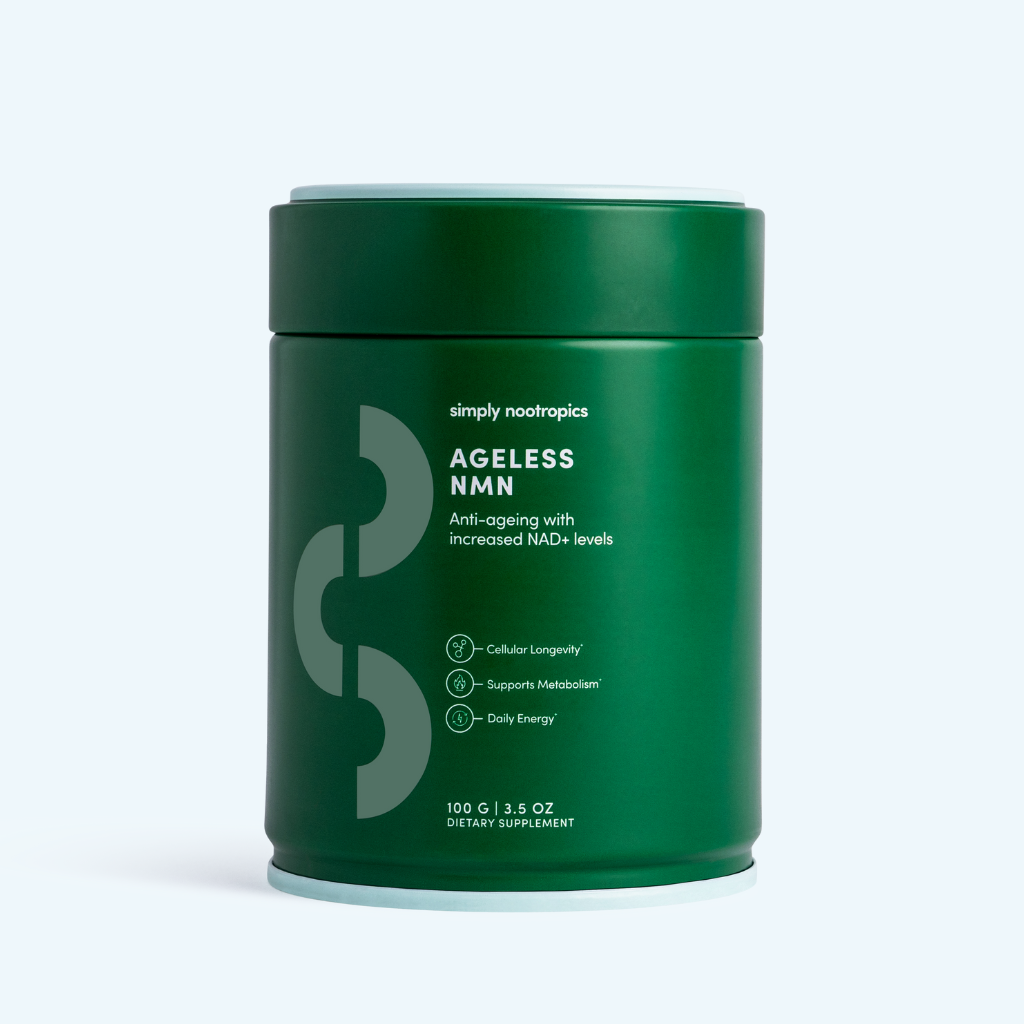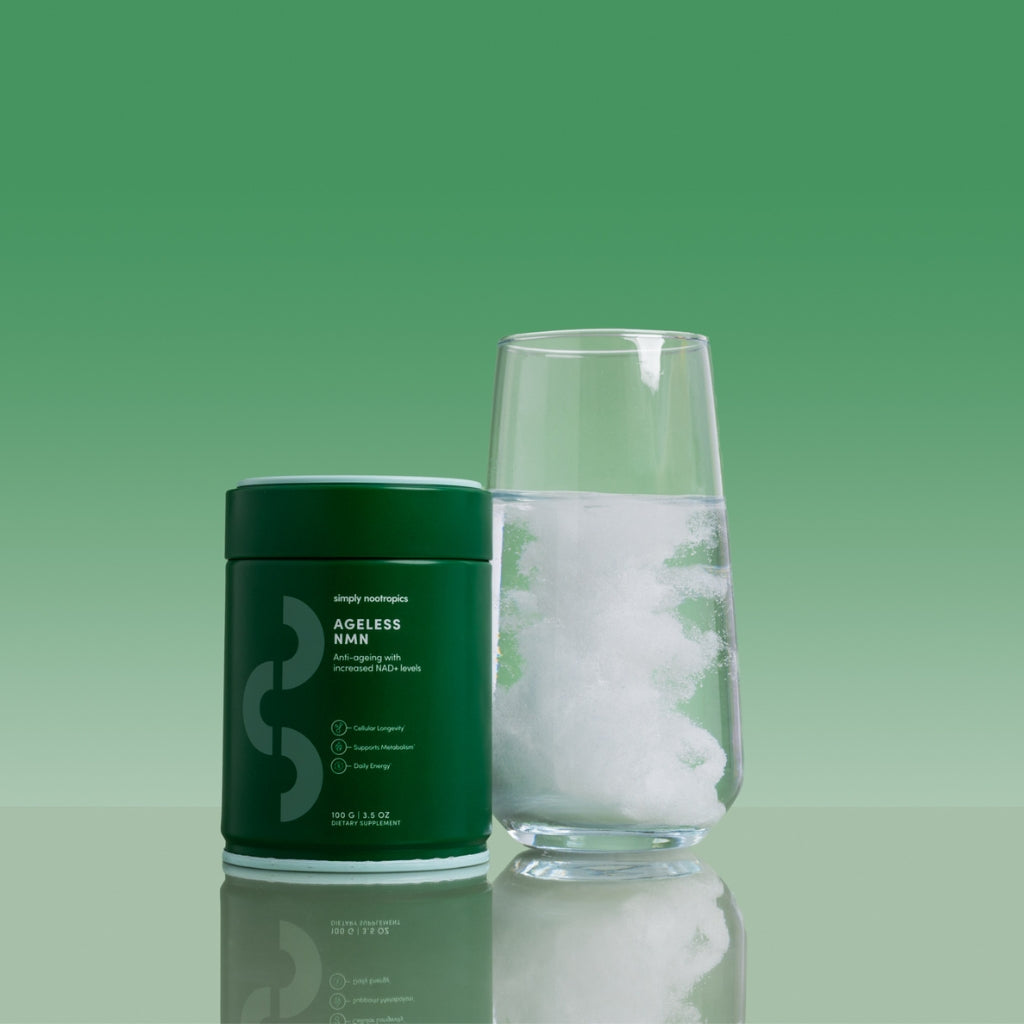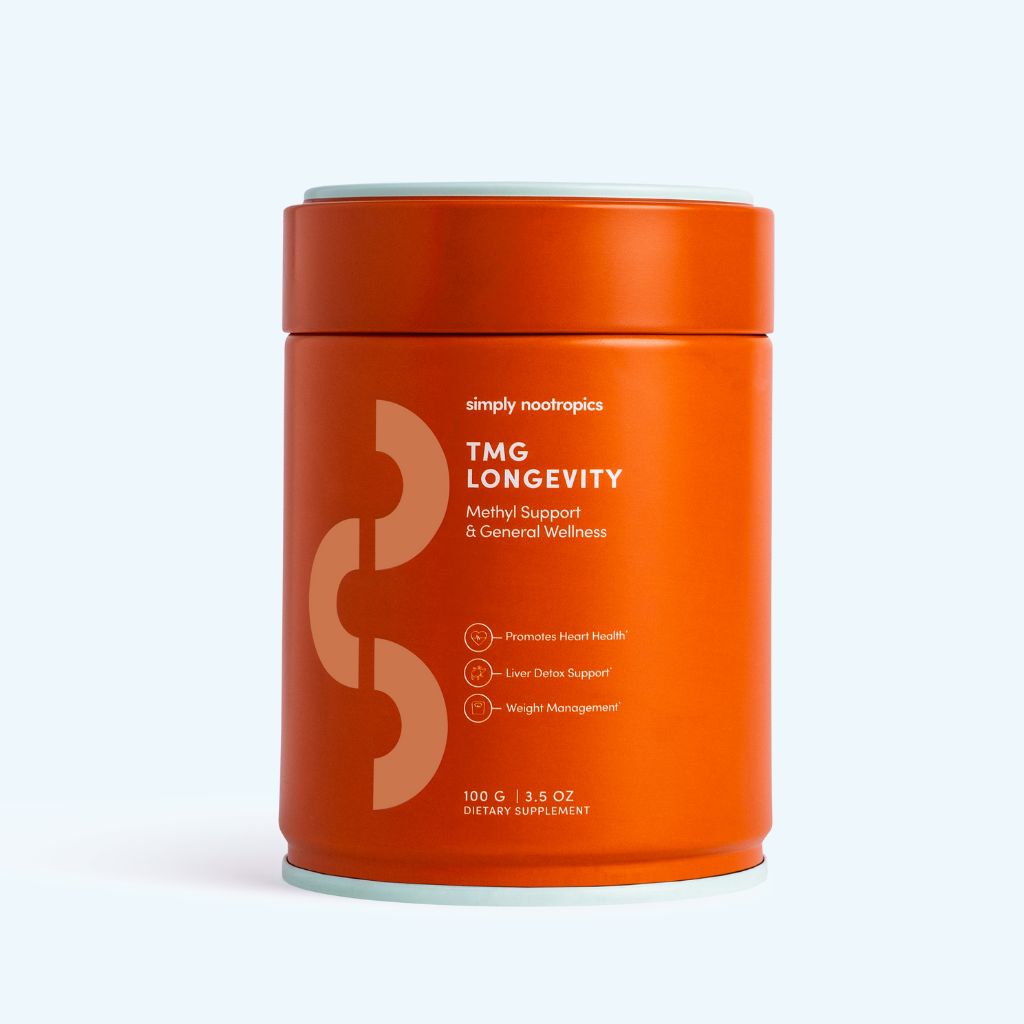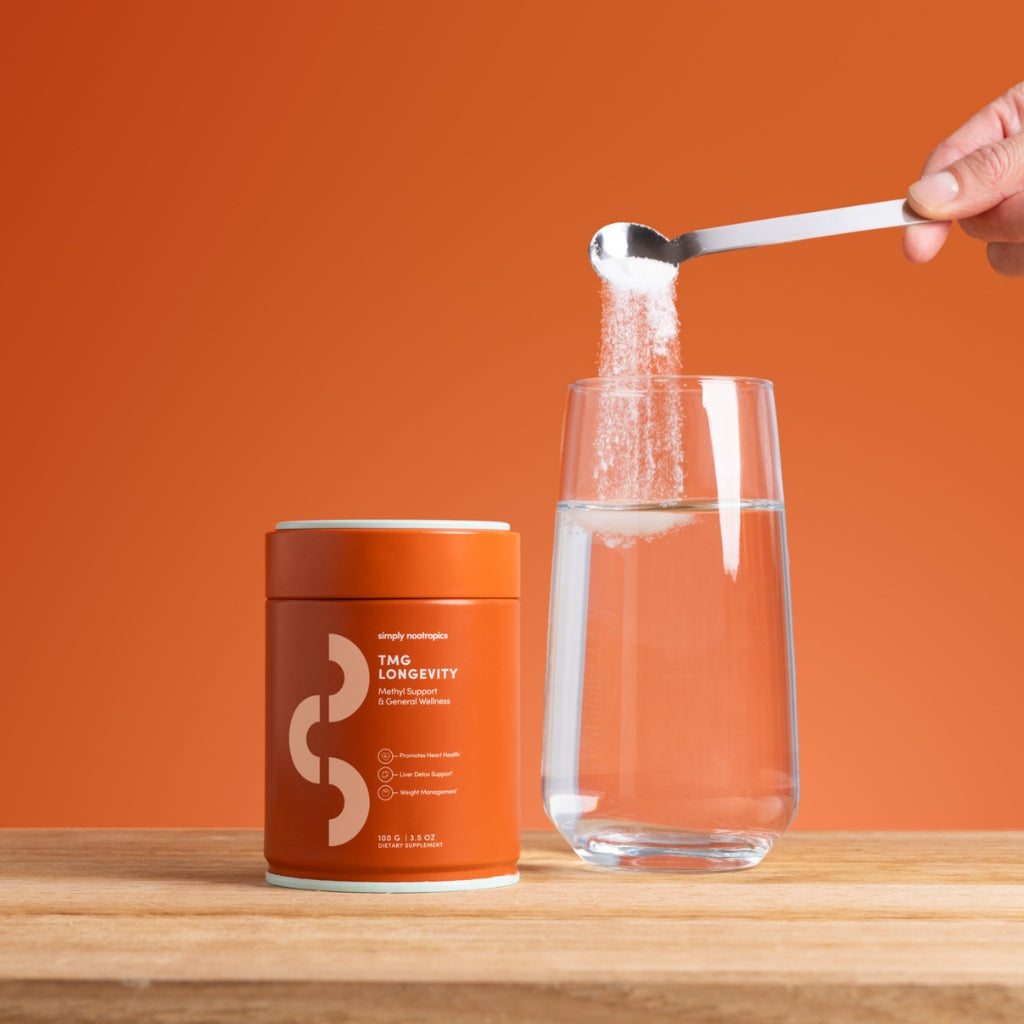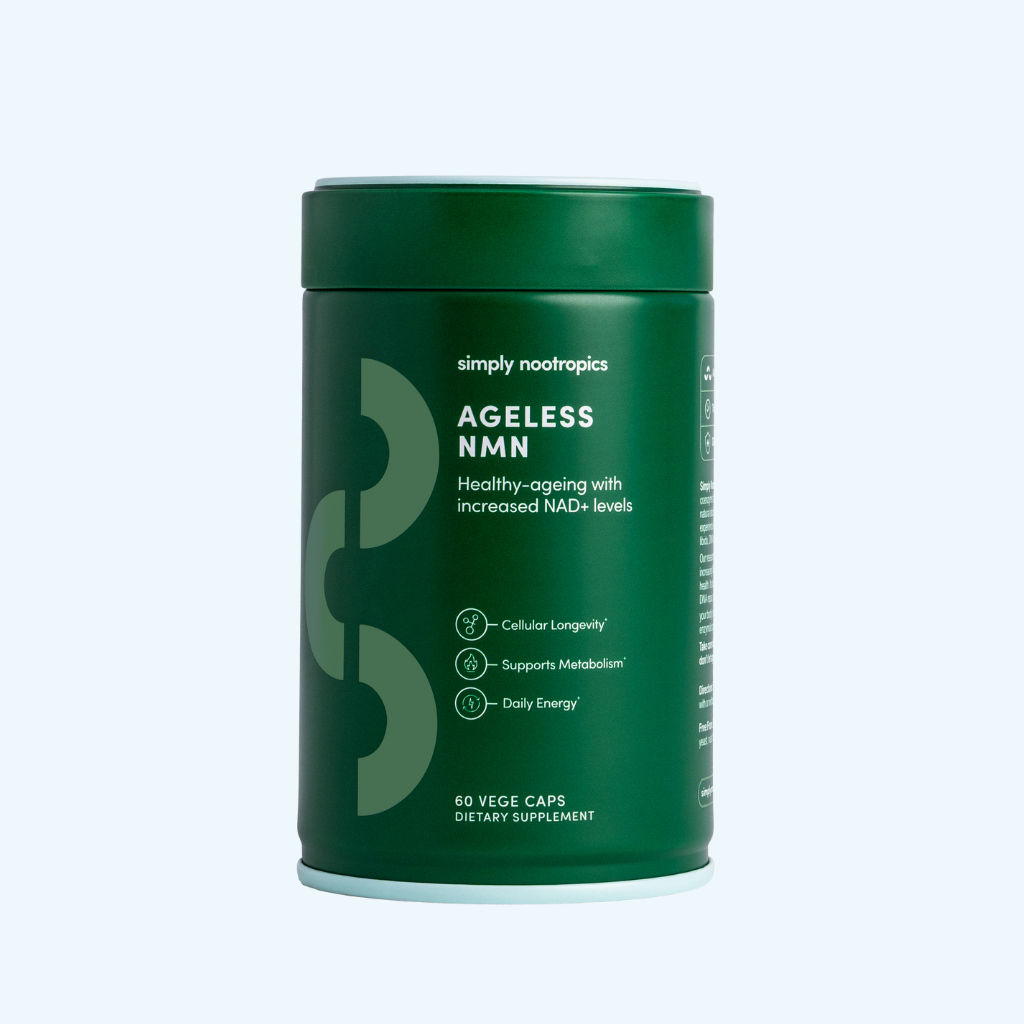Welcome back to Longevity News, your weekly look at how science keeps redefining what the body can do, and how far we can push its limits. This week spans everything from tears that reveal brain health to robots that outperform surgeons, firefighters battling freezing conditions, and the molecular switch that powers sperm on their final mission.
Each story speaks to one idea: the body’s ability to adapt. The eye, the mind, or even a single cell, human resilience depends on constant adjustment, and understanding that process is what allows us to age well.
1. Tears That Talk
If the eyes are the window to the soul, tears might soon be the window to brain health. Researchers at the Germans Trias i Pujol Research Institute in Spain have shown that the humble tear could become a powerful, non-invasive tool for diagnosing disease.
Until now, doctors have had to collect ocular fluids such as aqueous or vitreous humour, both requiring highly invasive techniques that are unsuitable for routine screening. Marta San Roque, a doctoral researcher in the institute’s Innovation in Vesicles and Cells for Application in Therapy (IVECAT) group, wanted a gentler way. Her team focused on extracellular vesicles (EVs), microscopic particles released by cells that carry proteins, lipids and genetic material.
Tears, it turns out, contain a rich population of these EVs. More than a hundred studies reviewed by the group show that tear-derived vesicles can provide detailed molecular information about the eye’s surface, and perhaps far beyond. Because EVs can cross the blood–retina and blood–brain barriers, their contents may reflect processes linked to neurodegenerative diseases as well.
Collection is simple, painless and inexpensive, giving tears a serious edge as future diagnostic samples. The challenge now lies in standardisation: agreeing on how tears should be collected, stored and analysed so that results are reliable across laboratories.
San Roque calls it “a field with huge promise that’s still finding its footing.” But if those challenges are solved, a few drops of tears could one day screen for diseases before symptoms even appear.
2. Robots with Surgical Precision
Across Europe in Munich, engineers are giving surgeons an extra pair of hands - robotic ones. At the Technical University of Munich (TUM), Professor Mohammad Ali Nasseri and his team have developed a robotic assistant that can perform microsurgery for age-related macular degeneration (AMD), one of the leading causes of blindness in older adults, with unprecedented speed and precision.
Traditional robotic surgery can take up to an hour to set up. Nasseri’s system calibrates itself in under five minutes, automatically locating the iris, aligning to the patient’s eye and preparing the injection site.
During treatment, the robot inserts a needle into the retina - a layer barely 200 micrometres thick - with 15 micrometre accuracy. For context, that’s about one-tenth the width of a human hair. An onboard imaging system continuously maps the retina to compensate for natural eye movements, ensuring that drugs reach the exact area affected by AMD.
The robot will soon move from artificial models to tests on animal eyes that mimic human anatomy. If successful, clinical trials could follow within a few years.
The goal isn’t to replace surgeons, but to assist them: reducing tremor, improving consistency and freeing specialists to focus on decision-making rather than mechanics. For millions at risk of blindness, it’s another example of technology extending the limits of human precision.
3. When the Cold Slows the Mind
Heat exhaustion in emergency responders is well-documented. Cold, less so. That gap led researchers at the University of Chichester to study how low temperatures affect both cognitive and motor performance during simulated search-and-rescue operations.
Participants performed memory, navigation and strength tasks inside an environmental chamber set to -10 °C, a temperature typical of alpine rescue missions. Compared with the same drills at 5 °C, their decision-making slowed by nearly 10 %, and working memory dropped by 35 %. Fine motor control also suffered: grip strength fell by 12 %, and tool handling accuracy declined by 15 %.
Interestingly, physiological markers such as heart rate and core temperature barely changed, suggesting that the brain can falter before the body realises it’s in trouble.
Lead researcher Marcus Peach described this as “hidden fatigue”, a decline in efficiency that isn’t immediately obvious but can carry serious consequences in time-critical operations. His colleague Kamran Ewbank noted that sequencing delicate tasks earlier in a mission, before mental accuracy fades, could mitigate risk.
Beyond firefighting, the findings apply to anyone working or training in the cold. Mental precision, it seems, is the first casualty of falling temperatures.
4. Fitter Hearts Beat Less
Meanwhile, a new study from Australia’s St Vincent’s Institute of Medical Research has debunked one of the oldest health myths: that exercise “uses up” your finite number of heartbeats.
Professor Andre La Gerche and his team compared the 24-hour heart rates of athletes with sedentary individuals. The results are astonishing:
-
Athletes averaged 68 beats per minute
-
Non-athletes averaged 76 beats per minute
That’s roughly 11,500 fewer beats every day among the fitter group, or a 10% reduction in total cardiac workload.
“The fitter you are, the more efficient your heart becomes,” says La Gerche. “Even if you train intensely for an hour, your heart beats slower for the other twenty-three.”
The lowest rates recorded - around 40 bpm - belonged to elite athletes. But even modest improvements in activity led to measurable reductions in resting heart rate and cardiovascular risk.
La Gerche says the real reward comes from going “from unfit to moderately fit,” which can transform metabolic efficiency and longevity. In short: training doesn’t spend your heartbeats, it saves them.
Product Spotlight: Genius Sleep
True adaptation depends on recovery, and recovery begins with sleep. Yet for many, restorative rest becomes harder to reach with age, the very process that all this research seeks to slow.
Genius Sleep was formulated to help restore that balance by supporting the body’s natural sleep architecture: the rhythm of deep, REM and light stages that repair cells and consolidate memory.
Inside each serving:
-
Reishi Mushroom to calm the nervous system and modulate stress responses.
-
L-Theanine and L-Tryptophan to promote relaxation and the production of serotonin and melatonin.
-
Magnesium Bisglycinate and Zinc to assist muscle recovery and neurotransmitter balance.
-
Tart Cherry extract, a natural source of melatonin, to nudge the body into a healthy sleep–wake cycle.
-
Passionflower, a botanical known to reduce mild anxiety and extend deep sleep phases.
By improving sleep quality, Genius Sleep supports next-day energy, memory and focus, the very functions shown in this week’s research to waver under stress, temperature or fatigue. Because the best way to enhance longevity isn’t just to work harder; it’s to recover better.




